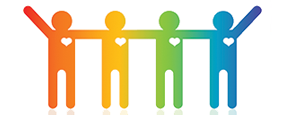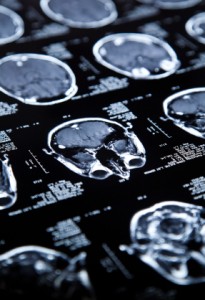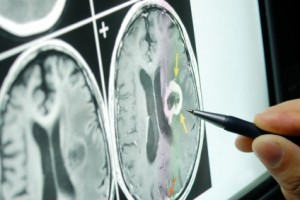 Getting the word out about any good cause is difficult enough as it is for any nonprofit and fund raising is always a battle for some. In today’s world, social media has opened many doors of opportunity for creating awareness. Advocates can spread the word through popular social media platforms.
Getting the word out about any good cause is difficult enough as it is for any nonprofit and fund raising is always a battle for some. In today’s world, social media has opened many doors of opportunity for creating awareness. Advocates can spread the word through popular social media platforms.
For example, the first step to create social awareness about any nonprofit is simple. Let’s take Traumatic Brain Injury or TBI for example. It’s important that you tap into the most commonly used social media tools first. Currently Facebook, Twitter and Pinterest provide many avenues to reach thousands – if not millions – of interested readers who may need be aware of TBI and how they might be affected by such injuries.
By connecting social media users with your online content, you can create more engaged users for your website or blog and overall gain better SEO.
On Facebook, viral sharing of informative content or photos with short, descriptive captions can be a successful method of promoting TBI Awareness. “Did you know?” material catches the ear of a listening audience and stirs them to share with other like-minded friends and family who might be affected by TBIs.
On Twitter, the use of hashtags (that is, #) can connect users with others who are looking for similar content. Hashtags narrow the audience and provide for a more engaged user experience who will be more likely to connect to a health care provider’s website and learn more about traumatic brain injuries. For example, #health, #BrainInuries, #TBI, or even #hockey, #football and other related sports can connect those at risk for traumatic brain injuries with the resources they might need to find awareness and support.
On Pinterest, the use of informative graphics with large text and a DIY or how-to attitude can engage users and encourage them to re-pin your content. Pinterest drives users directly to your website as they click your graphics, which is an excellent way to create awareness and spur web hits.
The key to engaging social media is to find the right audience and to ensure that your content is worth sharing.
A fantastic method of creating relevant content is to share real-life stories of those who have experienced traumatic brain injuries. Join sites like TryMunity.com, a social network for those touched by TBI. Consider beginning a blog for your health care practice and asking those affected by TBIs to share their stories of success, recovery or risk. By connecting real people with real social media users, you can create a community of individuals who need to learn more about TBIs and as a result, increase TBI awareness.
Sharing relevant content through popular social media avenues will help you find that the right listeners will find your content and share it with others.
Want to get started? Create a Facebook page, Twitter account and Pinterest business account for your practice today. Invite friends to follow you and share with those they know and love, and search for similar practices or users that you can connect with. You can then populate your feeds with relevant content: share information from your website, real-life stories on your blog, or how to get connected with your business.
TBI Awareness is important. By using social media avenues to engage your audience you can create awareness about traumatic brain injuries and provide users of all ages with the information they need to avoid risk and seek appropriate treatment.
 Brain injuries can take on a number of forms, and they affect everyone differently. If someone you know and love suffers from a traumatic brain injury, there are things you can do to help. At TryMunity, our team offers a few ways you can make a difference.
Brain injuries can take on a number of forms, and they affect everyone differently. If someone you know and love suffers from a traumatic brain injury, there are things you can do to help. At TryMunity, our team offers a few ways you can make a difference.


 Unfortunately, it is only recently that the true extent of the effects of a
Unfortunately, it is only recently that the true extent of the effects of a  For many aspiring athletes, securing a place in the NFL is a dream; however, many of those dreams are being cut short due to complications from multiple
For many aspiring athletes, securing a place in the NFL is a dream; however, many of those dreams are being cut short due to complications from multiple  Getting the word out about any good cause is difficult enough as it is for any nonprofit and fund raising is always a battle for some. In today’s world, social media has opened many doors of opportunity for creating awareness. Advocates can spread the word through popular social media platforms.
Getting the word out about any good cause is difficult enough as it is for any nonprofit and fund raising is always a battle for some. In today’s world, social media has opened many doors of opportunity for creating awareness. Advocates can spread the word through popular social media platforms.
